They say, “Desperate times call for desperate measures.” Although drought is indeed a desperate situation with worsening temperatures, the thing about some measures around securing water is that they can take the appearance of being sensible for the time being, only for it to have drastic consequences somewhere down the road.
This seems to be the case with farm dams.
Download this free report:

First of all, what are farm dams?
Farm dams or excavated tanks are a way to store water especially in rural areas where water supply is an issue. The main principle behind farm dams is that they catch surface runoff (excess water) from rain, flood, or other water sources, and prevent all this water from going its normal course. The use of an impervious barrier is necessary to hold the water in and prevent seepage.
In contrast to larger dams, farm dams are smaller and constructed within private properties or farms. Although there are different types of farm dams, the main purpose is the same: to catch and store water and utilise it for livestock, irrigation, crop spraying, firefighting, and domestic purposes.
But are farm dams the ultimate solution to water supply problems around your farm?The answer may surprise you.
Here are some problems with farm dams you may not know about:
1. Lack of Abundant Runoff
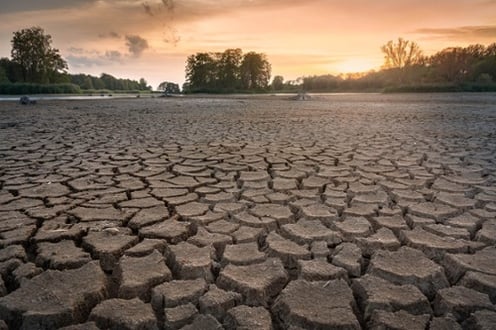
Farm dams rely on the abundance of surface runoff.
What usually contributes to a lack of abundant runoff?
High Water Evaporation Rates
Summer or drought usually means higher evaporation rates on all water sources. Farm dams are not exempt. Shallow ones with large surface areas will evaporate water fast; that is, if they’re able to accumulate any water at all. This brings you back to square one with the water supply shortage problem.
Sandy Soils and Flat Landscapes
Much depends on the topography around your property and sandy soils and flat landscapes may cause you great distress. If you have sandy soils around your property, this could very well prevent surface runoff from accumulating in your dam as sandy soils absorb water fast. On the other hand, flat landscapes simply won’t allow for water to flow and accumulate where it’s needed.
Low Rainfall
Without rain, you might not have a dam but a big empty hole sitting on your property.
2. Dams Get Dirty and Full of Silt Creating a Range of Problems
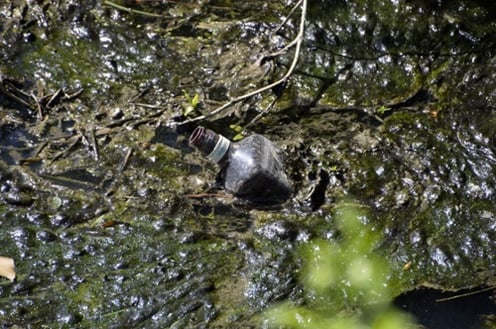
A farm dam may be full of water and that is a good thing to see – until you discover what lies beneath. It could be chock-full of dirt, silt, and rocks. Runoff from flood may fill your dam, but it could also bring all sorts of sediments and pollution that is not only unhealthy but may also have a foul smell!
De-Silting Your Dam
Yes, you can de-silt your dam if it becomes dirty. However, you may have to wait a while before conditions are dry enough to allow machinery to begin the process. While you wait, dirt and organic material could continue to accumulate (if another flooding happens, for example), which means more material to remove or excavate from your farm dam. On the other hand, de-silting a wet dam is not only a huge struggle, but also dangerous.
3. Costly to Cart Water
Relying too much on water from a dam is a huge risk. During summer or drought season when high evaporation rate becomes an issue, you could wake up to an empty dam sooner than you think. You might need to cart water which is not only time-consuming and expensive, but also adds to the number of tasks you already have on your plate.
All the water you get from carting might as well be stored inside a reliable water tank where the issue of seepage is non-existent and water loss due to evaporation is significantly less.
4. Can Produce Greenhouse Gases
You might think farm dams are practically harmless due to their smaller size when compared to larger dams. But as it turns out, they are huge contributors of greenhouse gas. In fact, they emit more greenhouse gases than reservoirs.
How exactly do farm dams contribute to greenhouse gas emissions?
Farm dams are conducive environments for microbes or bacteria and algae to thrive in. Organic material from surface runoff ensures that microbes and algae have enough food to survive. As they multiply, not only do they use up a huge amount of oxygen in the water - which is another problem in and of itself - but they also breathe out “potent greenhouse gases, such as carbon dioxide, methane, and nitrous oxide.”
Who knew?
5. Water from Farm Dams Can Be Rendered Unpalatable, Unhealthy or Deadly to Animals

As mentioned above, organic material can easily find their way into farm dams which increases the chance of contamination and rendering the water unpalatable to your livestock. Not only that, toxic blue-green algae (otherwise known as cyanobacteria) could grow in the water and is considered highly dangerous to both humans and animals.
The huge amounts of oxygen that bacteria and algae use up creates a condition called “putrefaction”. Signs of which includes bad smell, dark water, and formation of scum around the periphery of the dam that could prevent your livestock from having direct access to the water.
Granted, in an area that receives reliable and adequate rainfall, a well-built farm dam that facilitates proper accumulation of water in the dam can be an asset around your farm. But at what cost?
Although farm dams can seem like the most reasonable solution during desperate situations, they could be creating more problems than solving them. Some measures have been employed to offset the damage created by dams, but current facts show that farm dams are not quite the enterprising solution human beings first thought they were.
Related topic:
Upgrade Your Water Storage Solution - Interview with the CEO ( Coerco Story Series Part 3)



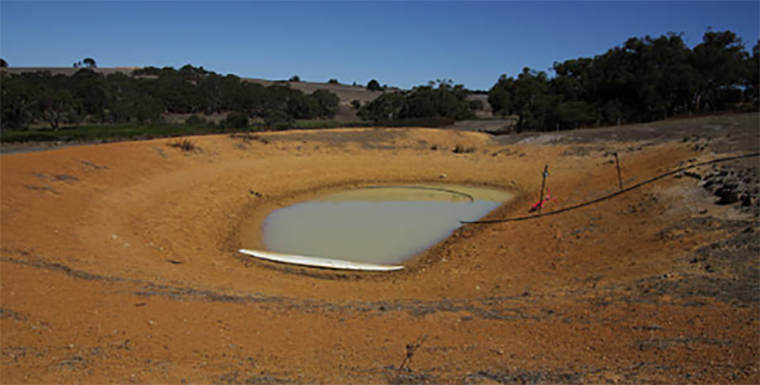


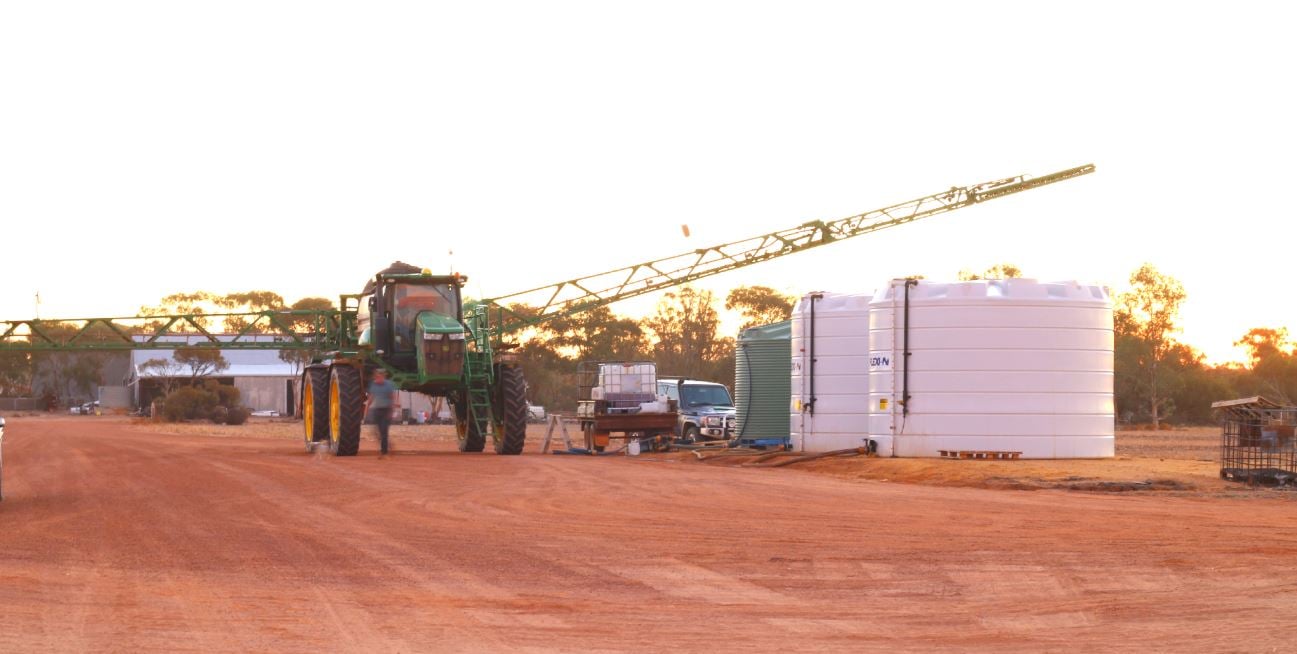

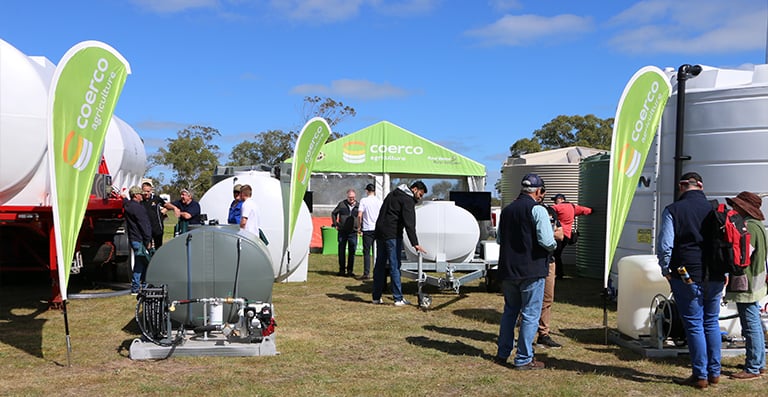
What do you think about this post?
Comments